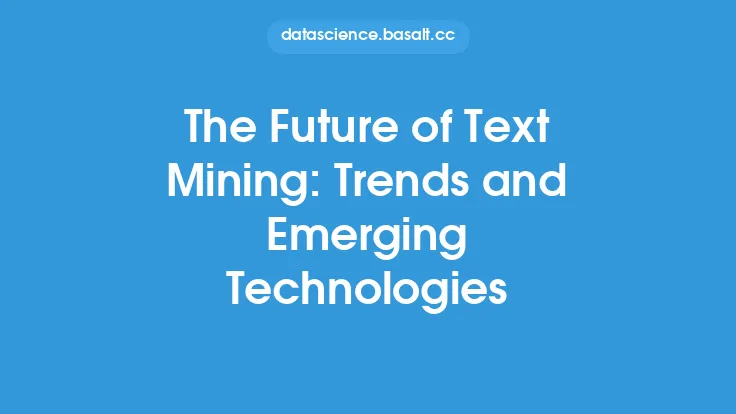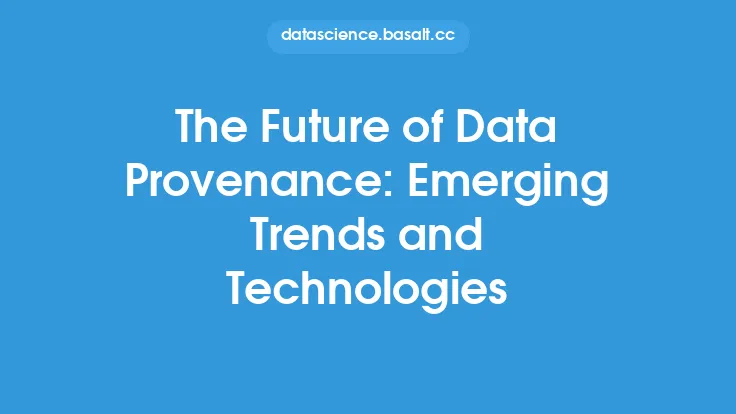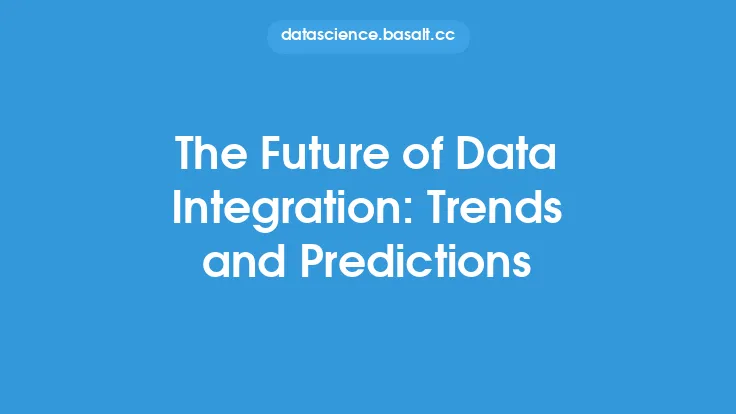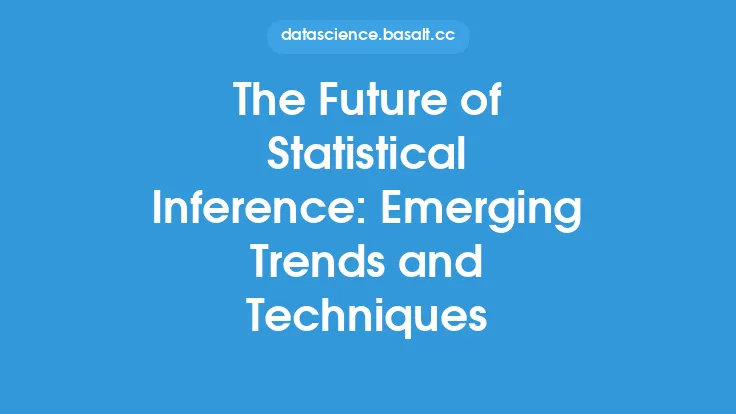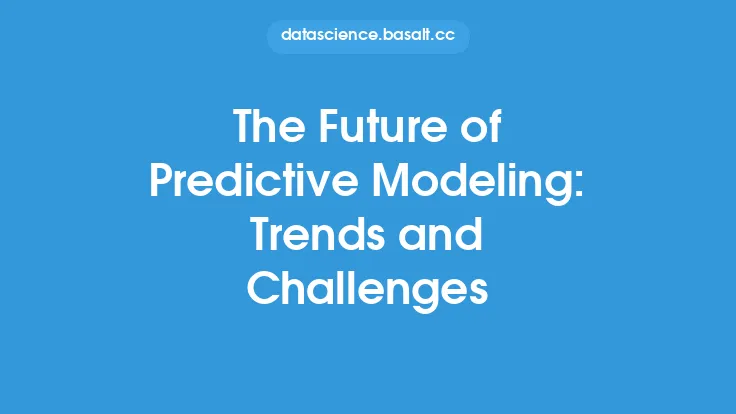The field of pattern discovery is rapidly evolving, driven by advances in technology, the increasing availability of large datasets, and the growing need for insights that can inform decision-making across various industries. At the heart of this evolution are emerging trends and technologies that promise to enhance the efficiency, accuracy, and applicability of pattern discovery techniques. This article delves into these emerging trends and technologies, exploring how they are shaping the future of pattern discovery in data mining.
Emerging Trends in Pattern Discovery
Several trends are currently influencing the landscape of pattern discovery. One of the most significant is the integration of artificial intelligence (AI) and machine learning (ML) into pattern discovery processes. AI and ML algorithms can automatically identify complex patterns in large datasets, often uncovering insights that might elude human analysts. Another trend is the increased focus on real-time pattern discovery, enabling organizations to respond promptly to changing conditions and make timely decisions. The use of cloud computing and distributed processing frameworks is also on the rise, allowing for the analysis of vast amounts of data that would be impractical or impossible to process locally.
Technological Advancements
Technological advancements are playing a crucial role in the evolution of pattern discovery. The development of more sophisticated algorithms, such as deep learning techniques, is enhancing the ability to discover complex and nuanced patterns in data. Additionally, advancements in data visualization are improving the interpretability of discovered patterns, making it easier for stakeholders to understand and act upon the insights gained. The integration of pattern discovery with other data mining techniques, such as clustering and classification, is further expanding its capabilities and applications.
Impact of Big Data on Pattern Discovery
The era of big data has brought about both opportunities and challenges for pattern discovery. On one hand, the vast amounts of data available offer a rich source of patterns waiting to be discovered. On the other hand, the complexity, variety, and velocity of big data pose significant challenges for traditional pattern discovery methods. To address these challenges, new technologies and techniques are being developed, such as distributed and parallel computing frameworks, NoSQL databases, and streaming data processing algorithms. These advancements enable the efficient processing and analysis of big data, unlocking its potential for pattern discovery.
Role of Cloud Computing
Cloud computing is revolutionizing the field of pattern discovery by providing scalable, on-demand computing resources and storage. This allows organizations to analyze large datasets without the need for significant upfront investments in hardware and software. Cloud-based services also offer access to advanced pattern discovery tools and technologies, making it possible for businesses of all sizes to leverage these capabilities. Furthermore, cloud computing facilitates collaboration among data analysts and scientists by providing a shared environment for data storage, processing, and analysis.
Future Directions
Looking ahead, several future directions are anticipated to shape the field of pattern discovery. One area of focus will be the development of more explainable and transparent pattern discovery models, addressing concerns around accountability and trust in AI-driven insights. Another area will be the integration of pattern discovery with the Internet of Things (IoT), enabling real-time analysis of sensor data and other IoT-generated information. The application of pattern discovery to emerging data types, such as text, image, and video data, is also expected to grow, driven by advances in deep learning and other ML technologies.
Challenges and Opportunities
Despite the promising future of pattern discovery, several challenges need to be addressed. These include ensuring the quality and integrity of the data used for pattern discovery, managing the complexity of pattern discovery models, and balancing the need for privacy with the desire for detailed insights. Additionally, as pattern discovery becomes more automated, there will be a growing need for skilled professionals who can interpret results, identify biases, and make informed decisions based on the insights gained. Addressing these challenges will not only mitigate risks but also unlock new opportunities for pattern discovery to drive innovation and growth across various sectors.
Conclusion
The future of pattern discovery is marked by exciting trends and technologies that are transforming the way we analyze data and uncover insights. From the integration of AI and ML to the impact of big data and the role of cloud computing, the landscape of pattern discovery is evolving rapidly. As we look to the future, it is clear that pattern discovery will play an increasingly critical role in informing decision-making and driving innovation. By understanding and embracing these emerging trends and technologies, organizations can position themselves at the forefront of this evolution, leveraging pattern discovery to achieve their goals and stay ahead in an ever-changing world.

